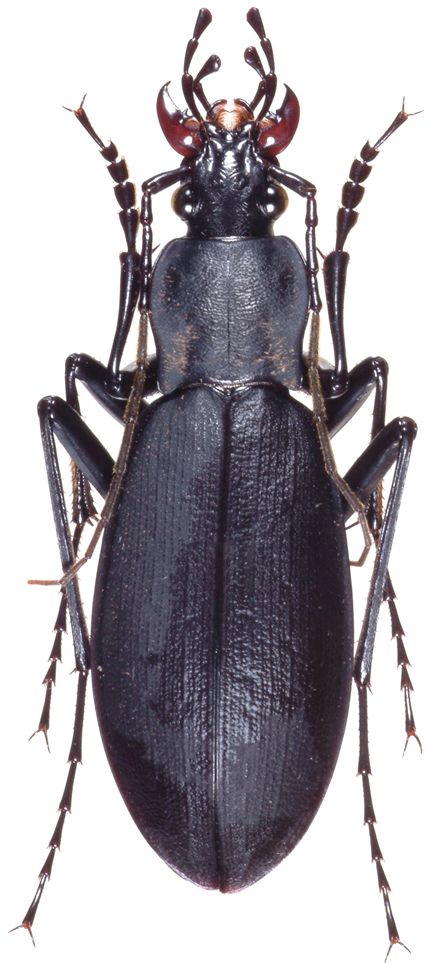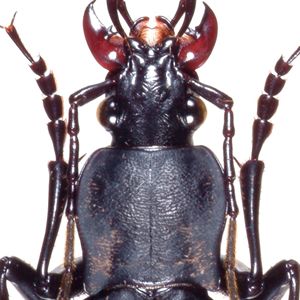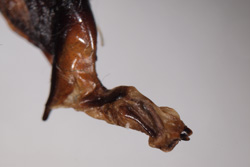| Ecology |
from open field to mountain (East Japan Research Group of Carabid Beetles 1989), they prefer managed forest floors (Taniwaki et al. 2005), plantation of Chamaecyparis obtusa (Tanaka 1981), Quercus serrata forest (Tanaka 1981), mountain (Kinki Research Group of Carabid Beetles 1979, Sota 1985c, Yamaguchi museum 1988, Hosoda 2000), forest (Hosoda 2000, Siddiquee and Nakamura 2004, Suttiprapan and Nakamura 2007), riverbed (East Japan Research Group of Carabid Beetles 1989), wetlands (East Japan Research Group of Carabid Beetles 1989), plantation of Chamaecyparis obtusa and Cryptomeria japonica (Tanaka 1991a, 1991b), grassland along mountain trail (Tanaka 1991a, 1991b), woods (Sunose 1992, Sunose and Kurosawa 1992), forest edge (Sunose 1992, Sunose and Kurosawa 1992), slope of mound (Sunose 1992, Sunose and Kurosawa 1992), broad leaved deciduous forest (Togashi and Hashimoto 1994), edge of broad-leaved deciduous forest neighboring paddy fields (Togashi and Hashimoto 1994), natural forests or near natural forests (Carabidological Society of Shiga 2003), dried secondary forest (Kinki Research Group of Carabid Beetles 1979, Carabidological Society of Shiga 2003), Cryptomeria japonica forest (Hiramatsu 2004), beech forest (Hiramatsu 2004), broad leaved forest (Matsumoto 2005, Matsumoto 2009a), coppice forest (Tanaka 1991a, Taniwaki et al. 2005, Matsumoto 2005, Matsumoto 2008, Matsumoto 2009a), grassland (Taniwaki et al. 2005), mountainous area (East Japan Research Group of Carabid Beetles 1989, Yahiro 2008),
larva and adult (Sota 1985a, Sota 1985c, East Japan Research Group of Carabid Beetles 1989), autumn (Tanaka 1981, Sota 1985a, Sota 1985c, Sota 1987b, Tanaka 1991ab), from middle September to early October (Tanaka 1991a) Lepidopteran and Dipteran larvae (larva) (Sota 1985a, Sota 1987b, East Japan Research Group of Carabid Beetles 1989), insect larva (larva) (Sota 1985c), larvae of Caligula japonica (larva) (Tanaka 1991a), larvae of Antheraea yamamai (larva) (Tanaka 1991a), larvae of Rhodinia fugax (larva) (Tanaka 1991a), larvae of Sphingidae (larva) (Tanaka 1991a), adults aestvate (Sota 1985a), old beetles which had overwintered appeared from early summer and reproduced together with new adults of that year (Sota 1985c), nocturnal (East Japan Research Group of Carabid Beetles 1989, Tanaka 1991a), captured under lights (Kinki Research Group of Carabid Beetles 1979), hibernating in slope (East Japan Research Group of Carabid Beetles 1989), hibernating in decayed wood (East Japan Research Group of Carabid Beetles 1989) |
 |
| 






